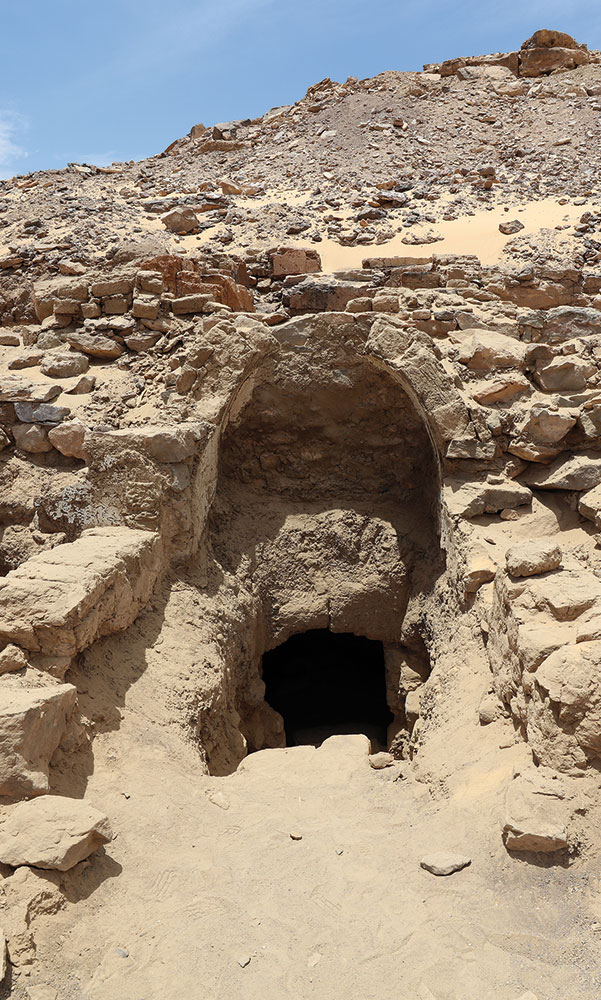LIVERPOOL, ENGLAND—Researchers led by Karl T. Bates of the University of Liverpool have created a virtual musculoskeletal model of Lucy, the name given to the remains of a 3.2-million-year-old Australopithecus afarensis hominin, in an effort to simulate her ability to run, according to a Live Science report. The study also modeled the possible maximum speed, endurance, and energy costs associated with running for A. afarensis, which had a large upper body, long arms, and short legs. The simulations indicate that Lucy’s top running speed was about 11 miles per hour, or slower than a modern human’s recreational running speed of about 13.5 miles per hour. A. afarensis would have also used between 1.7 and 2.9 times more energy than a modern human to maintain a running gait. The researchers suggest that Lucy’s running may have been made more inefficient by a less springy Achilles tendon connecting the calf and ankle muscles to the heel bone than that of modern humans. The shape of the triceps surae, a group of muscles in the calf, also differs from that of modern humans, and may therefore have had an impact on Lucy’s locomotion as well, the researchers concluded. Read the original scholarly article about this research in Current Biology. To read about a species that shared characteristics with other early hominins such as Lucy, go to "Cradle of the Graves."
How Fast Could “Lucy” Run?
News January 2, 2025
Recommended Articles
Artifacts November/December 2019
Australopithecus anamensis Cranium
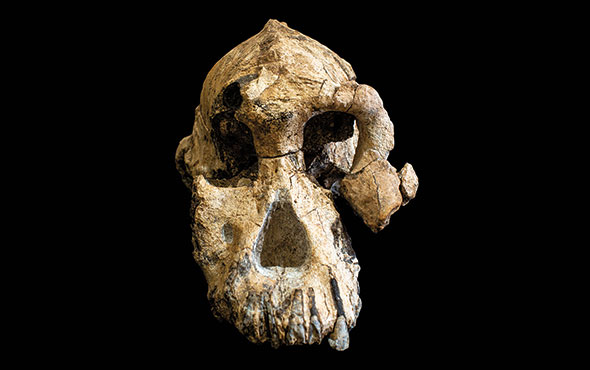
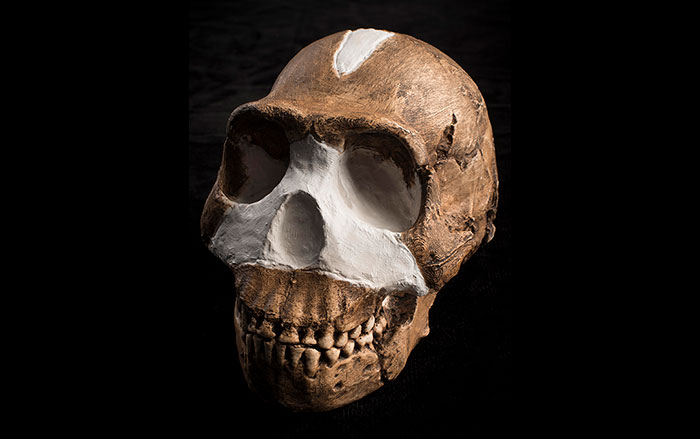
Digs & Discoveries May/June 2022
Cradle of the Graves
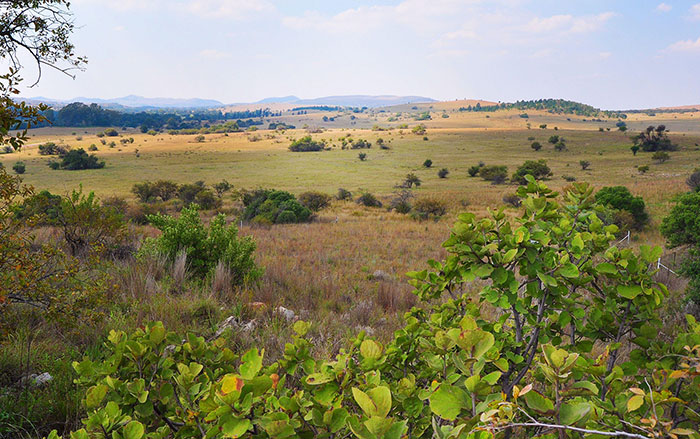
Digs & Discoveries November/December 2021
China's New Human Species
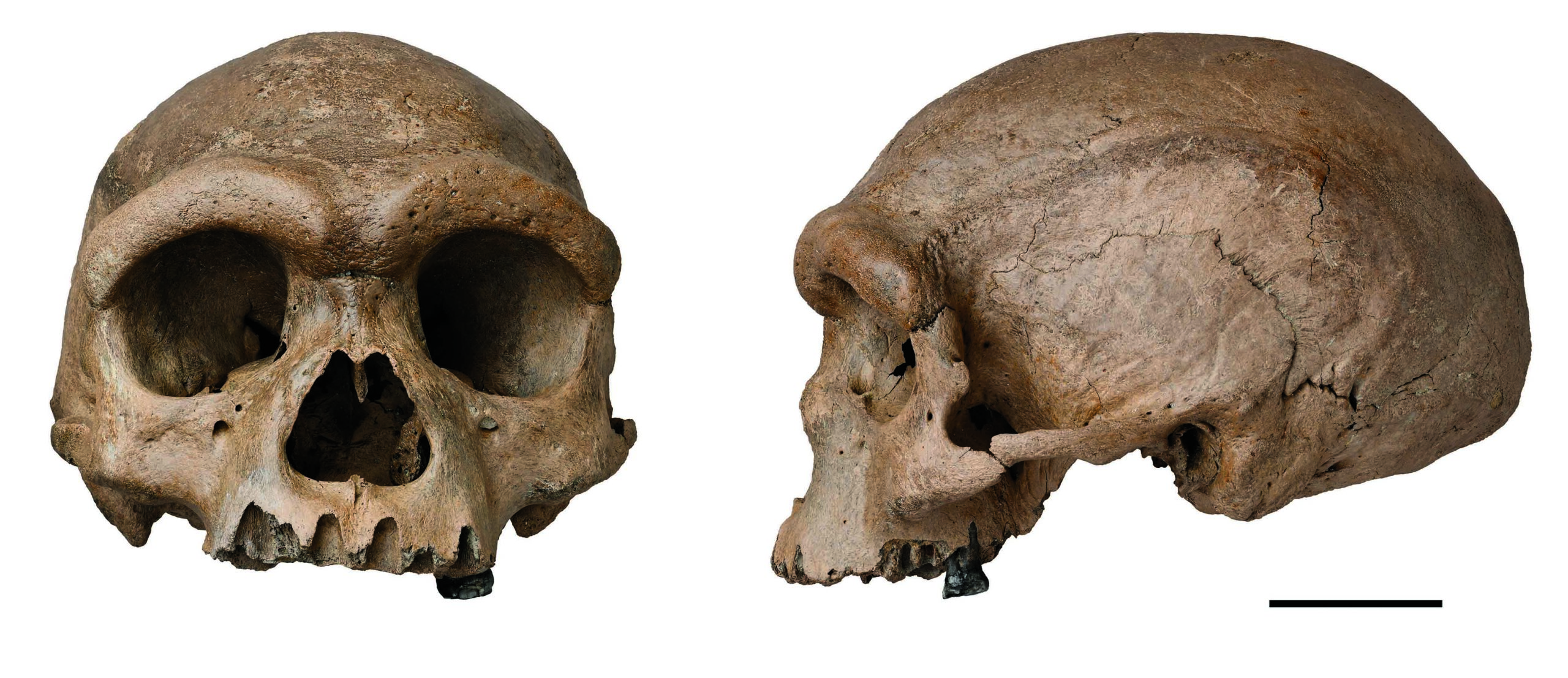
-
Features January/February 2025
Dancing Days of the Maya
In the mountains of Guatemala, murals depict elaborate performances combining Catholic and Indigenous traditions
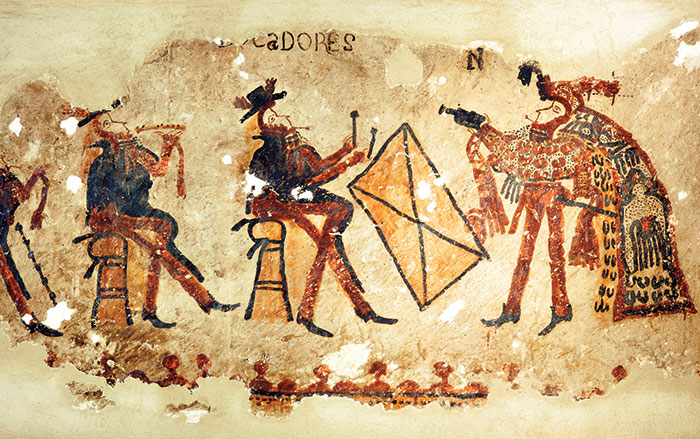 Photograph by R. Słaboński
Photograph by R. Słaboński -
Features January/February 2025
Unearthing a Forgotten Roman Town
A stretch of Italian farmland concealed one of the small cities that powered the empire
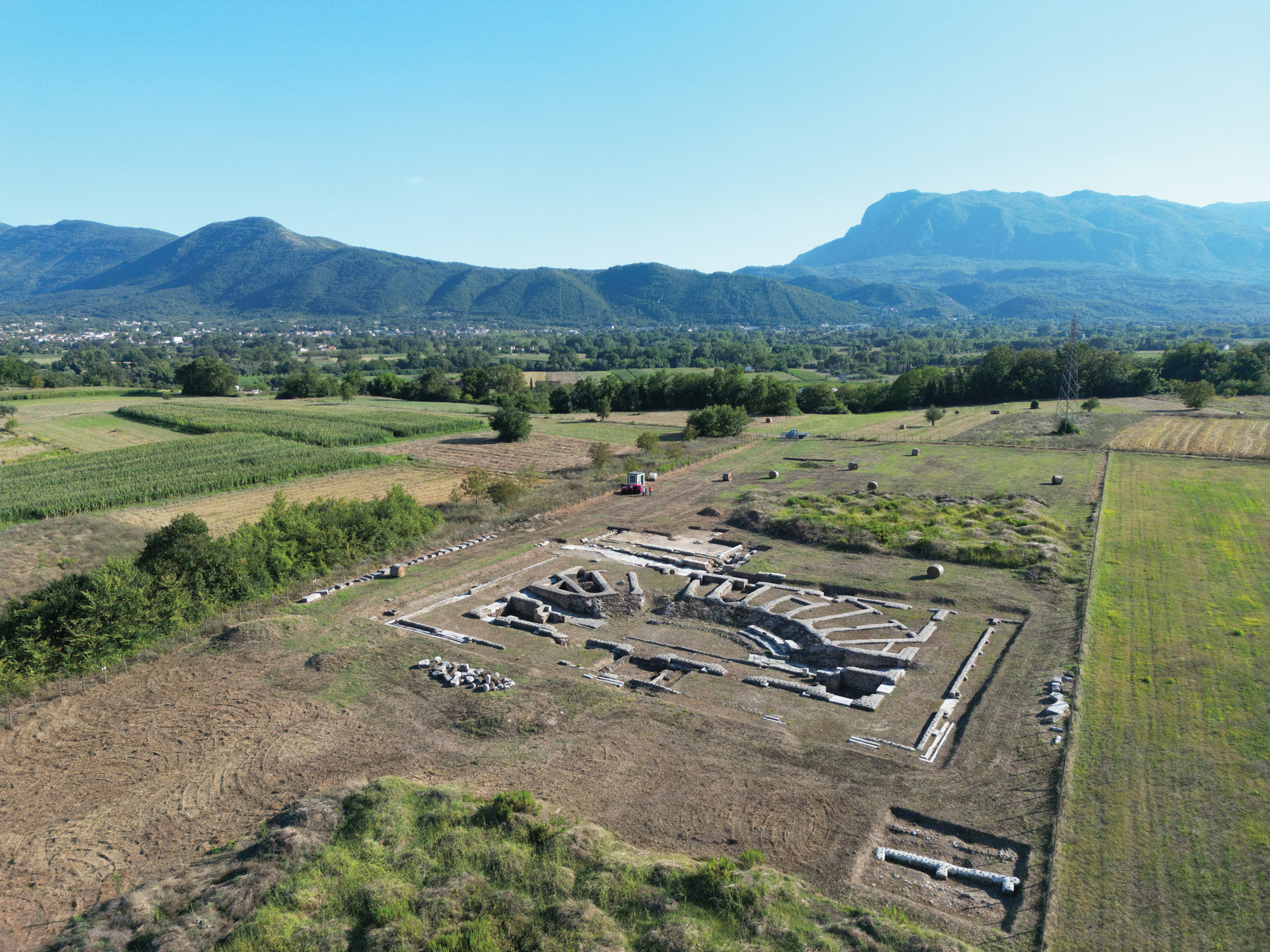 Photo Courtesy Alessandro Launaro
Photo Courtesy Alessandro Launaro -
Features January/February 2025
Medieval England’s Coveted Cargo
Archaeologists dive on a ship laden with marble bound for the kingdom’s grandest cathedrals
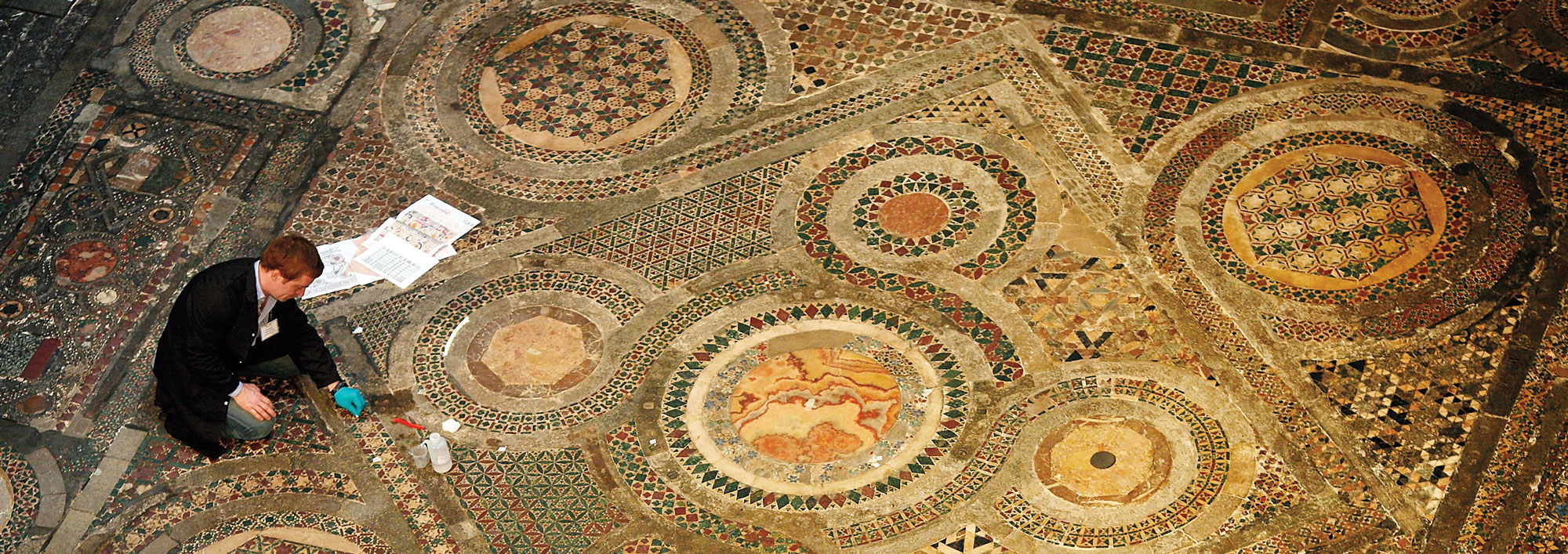 Peter Macdiarmid/Getty Images
Peter Macdiarmid/Getty Images -
Features January/February 2025
Lost Greek Tragedies Revived
How a scholar discovered passages from a great Athenian playwright on a discarded papyrus
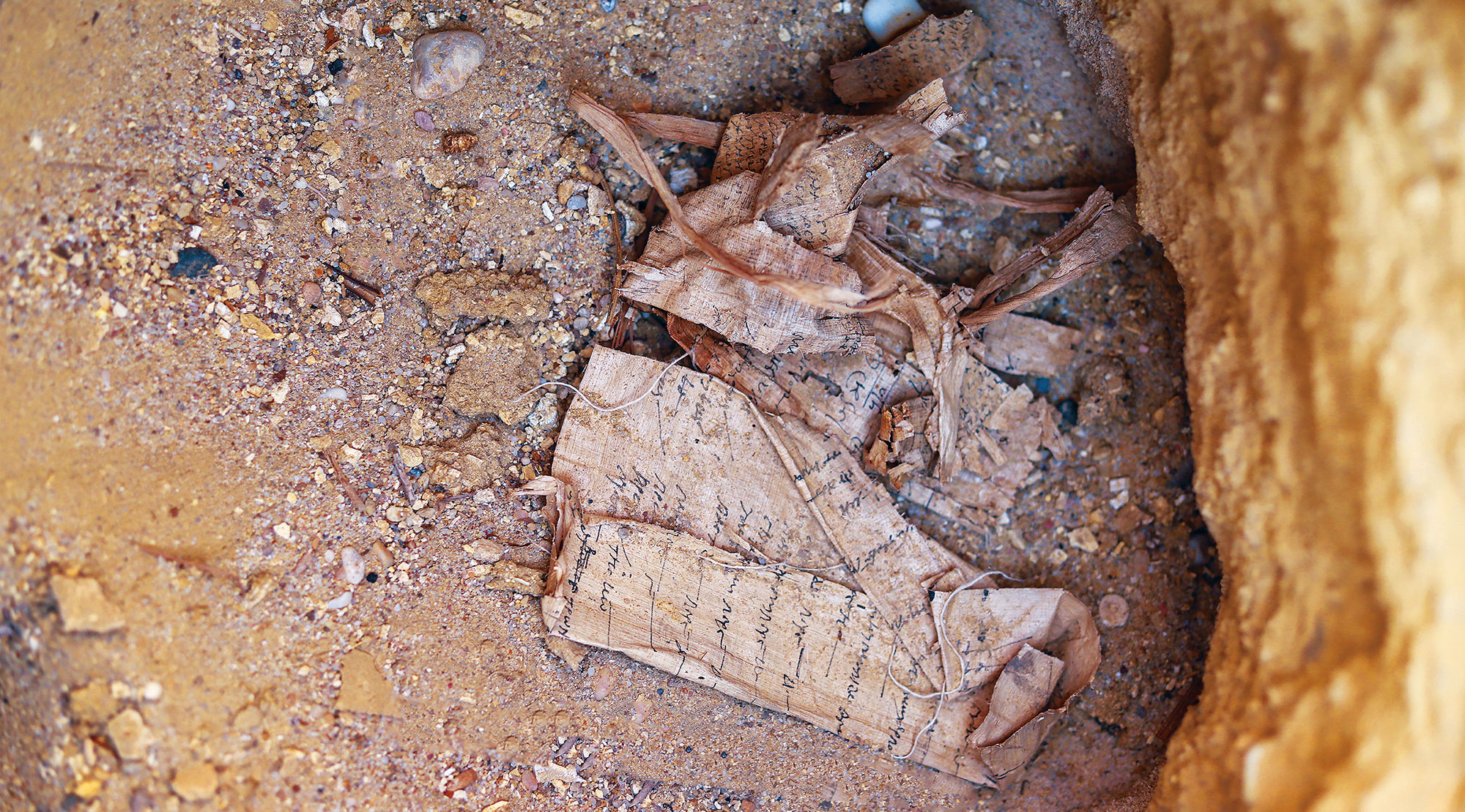 Egyptian Ministry of Tourism and Antiquities
Egyptian Ministry of Tourism and Antiquities



